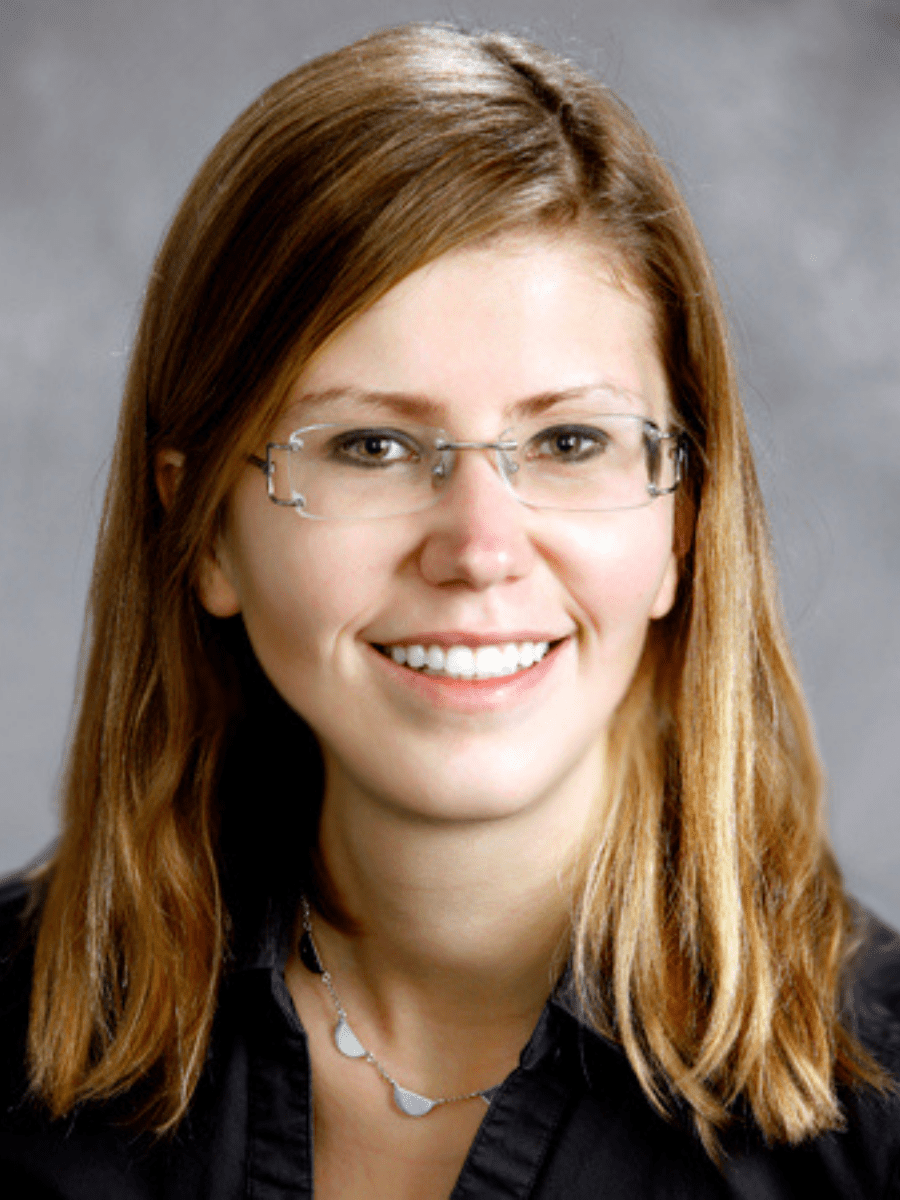Events

- This event has passed.
MICDE Seminar: Irina Tezaur, Extreme Scales Data Science and Analytics Department, Sandia National Laboratories
October 25, 2017 @ 3:00 pm - 4:00 pm
Venue: 1006 H.H. Dow

Bio: Dr. Irina Tezaur (f.k.a. Dr. Irina Kalashnikova) is a Principal Member of Technical Staff (PMTS) in the Extreme Scales Data Science & Analytics Department (Org. 8759) at Sandia National Laboratories in Livermore, CA. Prior to joining this group, from October 2011 to September 2014, she was SMTS in the Computational Mathematics Department (Org. 1442) at Sandia in Albuquerque, NM. She received her Ph.D. in Computational and Mathematical Engineering (CME) from Stanford University in 2011. Her advisor at Stanford was Professor Charbel Farhat and I was a member of the Farhat Research Group (FRG). Her Bachelors and Masters degrees are in pure mathematics, awarded by the University of Pennsylvania in 2006. Dr. Tezaur’s research interests are numerical solution to PDEs, mixed/hybrid finite element methods, stability and convergence properties of numerical methods, Reduced Order Modeling (ROM) and simulation-based analysis of fluid-structure interaction that she currently applies to climate modeling.
Next-generation modeling & simulation of large-scale ice sheets towards probabilistic sea-level change projections
Recent observations show that both the Greenland and Antarctic ice sheets are losing mass at increasingly rapid rates [1]. In its fourth assessment report (AR4), the Intergovernmental Panel on Climate Change (IPCC) declined to include estimates of future sea-level change from dynamics of the polar ice sheets due to the inability of ice sheet models to mimic or explain observed dynamic behaviors, such as the acceleration and thinning then occurring on several of Greenland’s large outlet glaciers [2]. In recent years, there has been a push to develop “next generation” land-ice models and codes for integration into global Earth System Models (ESMs). Unlike their predecessors, these codes: (1) are able to perform realistic, high-resolution, continental scale simulations, (2) are robust, efficient and scalable on next-generation hybrid systems (multi-core, many-core, GPU, Intel Xeon Phi), and (3) possess built-in advanced analysis capabilities (e.g., sensitivity analysis, optimization, uncertainty quantification). This talk will give an overview of the Albany/FELIX (Finite Elements for Land Ice eXperiments) [3] next-generation land-ice dynamical core (dycore) that is under development at Sandia National Laboratories as a part of a Department of Energy (DOE) SciDAC-funded project aimed at providing probabilistic sea-level projections from extreme-scale ice sheet and earth system models. This dycore is currently being integrated in to the DOE’s Acelerated Climate Model for Energy (ACME), which will be used to calculate anticipated 21st sea-level change projections, including uncertainty bounds. It is widely accepted that land-ice behaves like a very viscous, shear-thinning, non-Newtonian fluid, similar to lava flow. Typically, ice sheets are modeled using a quasi-static model in which a steady momentum-balance system for the ice velocities is coupled to dynamic equations for the ice thickness and temperature. The Albany/FELIX dycore is based on the so-called “First-Order Stokes” equations for the ice momentum balance [4], an attractive alternative to the more expensive “Full Stokes” model because of its reduced computational cost. Following an overview of our land-ice model and project, I will describe some of the algorithms and software we have developed as a part of this project that have contributed to our dycore’s robustness and scalability. These include: robust automatic-differentiation-based nonlinear solvers, scalable algebraic-multigrid-based iterative linear solvers [5], adaptive mesh refinement capabilities, and stable semi-implicit First-Order Stokes-thickness coupling methods. I will also discuss some of the advanced analysis capabilities in Albany/FELIX, namely a large-scale inversion approach we have developed for obtaining optimal ice initial conditions [6], our workflow towards quantifying uncertainties in land-ice models, and performance-portability of the Albany/FELIX code to new and emerging architectures using the Kokkos library [7]. I will show results which demonstrate that the Albany/FELIX dycore is scalable, fast and robust for production-scale land-ice problems on state-of-the-art HPC machines. I will also discuss results from a recent validation study in which Albany/FELIX was used to simulate the Greenland ice sheet during the period 1991-2013 with realistic climate forcing, and the simulation data were compared with observational data collected by NASA satellites [8].
This work was done in collaboration with Irina Demeshko, Mike Eldred, Matt Hoffman, John Jakeman, Mauro Perego, Steve Price, Andy Salinger, Ray Tuminaro and Jerry Watkins.
Dr. Tezaur is being hosted by Prof. Garikipati (Mechanical Engineering). If you would like to meet her please email mcteja@umich.edu
[1] I. Velicogna. Increasing rates of ice mass loss from the Greenland and Antarctic ice sheets revealed by GRACE. Geophysical Research Letters, 36 (19) L19503, 2009.
[2] S. Solomon, D. Qin, M. Manning, Z. Chen, M. Marquis, K. Averyt, M. Tignor, H. Miller. Climate change 2007: The physical science basis, Contribution of Working Group I to the Fourth Assessment Report of the Intergovernmental Panel on Climate Change, Cambridge Univ. Press, Cambridge, UK, 2007.
[3] I. Tezaur, M. Perego, A. Salinger, R. Tuminaro, S. Price. Albany/FELIX: A Parallel, Scalable and Robust Finite Element Higher-Order Stokes Ice Sheet Solver Built for Advanced Analysis, Geosci. Model Develop. 8 (2015) 1-24.
[4] J.K. Dukowicz, S.F. Price, W. Lipscomb. Consistent approximations and boundary conditions for ice-sheet dynamics from a principle of least action. J. Glaciol., 56 (197) (2010) 480-496.
[5] R. Tuminaro, M. Perego, I. Tezaur, A. Salinger, S. Price. A matrix dependent/algebraic multigrid approach for extruded meshes with applications to ice sheet modeling, SIAM J. Sci. Comput. 38 (5) (2016) C504-C532.
[6] M. Perego, S. Price, G. Stadler. Optimal initial conditions for coupling ice sheet models to earth system models, J. Geophys. Res., 119 (2014) 1894-1917.
[7] H.C. Edwards, C.R. Trott, D. Sunderland. Kokkos: Enabling manycore performance portability through polymorphic memory access patterns. J. Par. and Distr. Comput., 74 (12) 3202–3216, 2014.
[8] S. Price, M. Hoffman, J. Bonin, T. Neumann, I. Howat, J. Guerber, I. Tezaur, J. Saba, J. Lanaerts, D. Chambers, W. Lipscomb, M. Perego, A. Salinger, R. Tuminaro. An ice sheet model validation framework for the Greenland ice sheet, Geosci. Model Dev. 10 (2017) 255-270